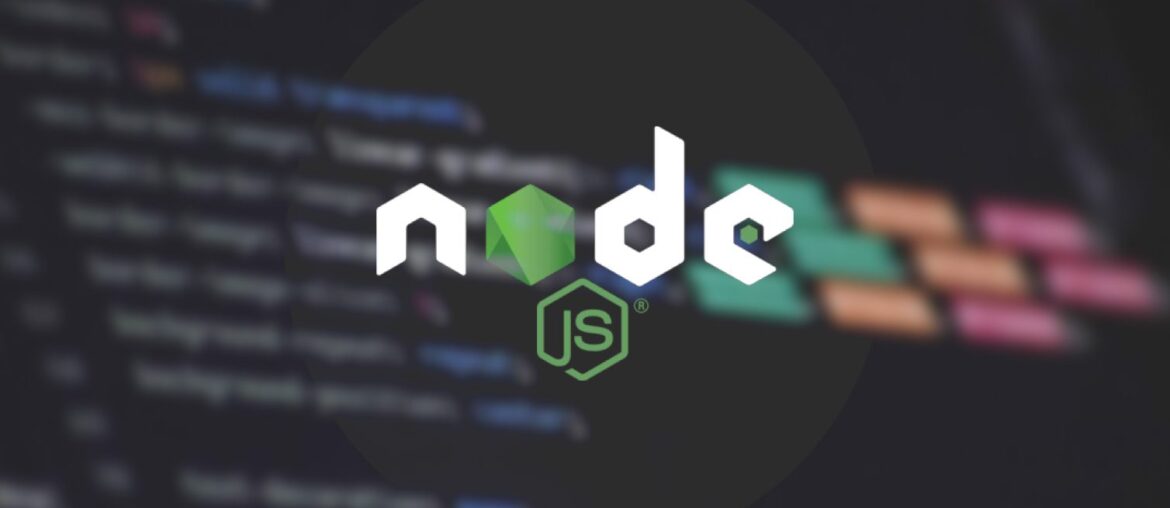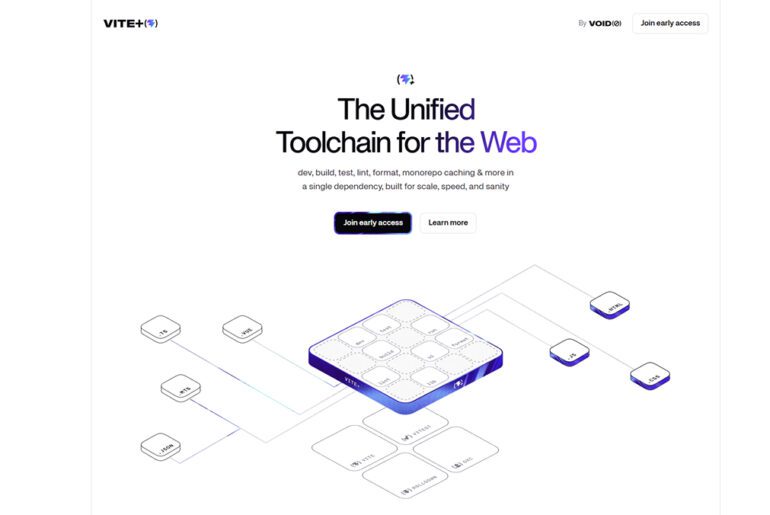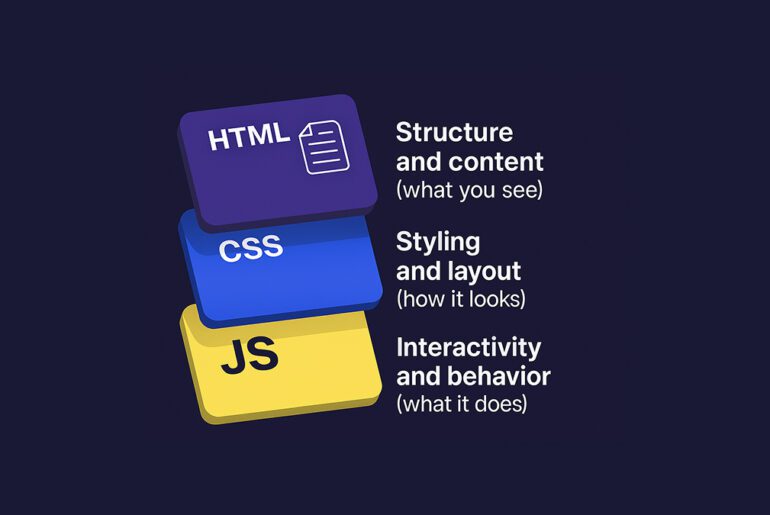When Ryan Dahl released Node.js in 2009, the goal was simple yet powerful: run JavaScript outside the browser, for server-side tasks. Because of V8 (the JavaScript engine from Chrome) and nonblocking I/O via libuv, Node.js allowed you to write asynchronous, high-throughput networked applications in JavaScript. Over time the ecosystem exploded.
In those early days, you’d often begin with “vanilla Node.js + a few npm packages.” But as applications grew in complexity, the need for structure, conventions, modularization, and abstractions gave birth to frameworks atop Node.
Some of the first widely adopted ones — Express.js, Sails, Meteor — each had their own philosophy. Over the years, the ecosystem matured: you got “opinionated” frameworks, microservice / API-first ones, full-stack ones, and performance-tuned ones.
In 2025, we’re in a mature phase: many frameworks have settled, many are battle tested, and new ones push for more performance, better DX (developer experience), or more modularity. Below, I present ten frameworks that remain highly relevant (or rising) now. Some you’ll recognize, some might surprise you.
Before diving in, let me set what criteria I used for popularity (in 2025):
- active maintenance (recent updates)
- meaningful community or industry adoption
- benchmarked performance / considered in recent comparisons
- clear documentation, ecosystem / plugin support
- architectural benefits (e.g. patterns, modularity, type safety)
Now let’s walk through the ten, in no strict ranking order but grouped by their strengths.
Express.js — the de facto baseline
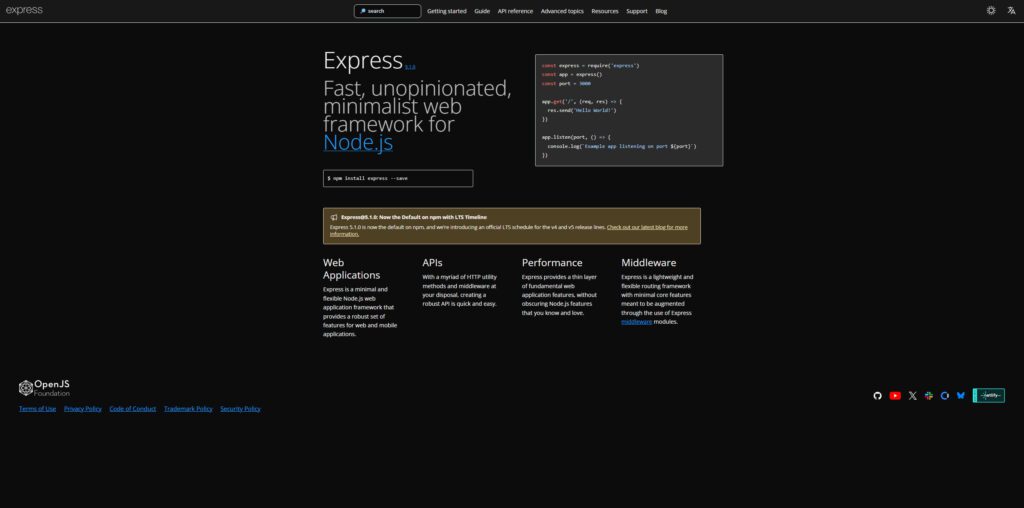
Express remains the default starting point for many Node.js developers. It’s minimal, unopinionated, has immense community and plugin support.
Because it gives you structure (routing, middleware) but not much else, Express is flexible. You can layer on what you like — ORMs, validation, service layers, etc. Many frameworks under the hood are built on Express or are influenced by it.
Here’s a trivial Express example:
import express from 'express';
const app = express();
app.get('/hello', (req, res) => {
res.json({ message: 'Hello, world!' });
});
app.listen(3000, () => {
console.log('Server listening on port 3000');
});That flexibility is its strength. But the flipside: you must choose (and maintain) the pieces you add.
Fastify — performance and schema-based APIs
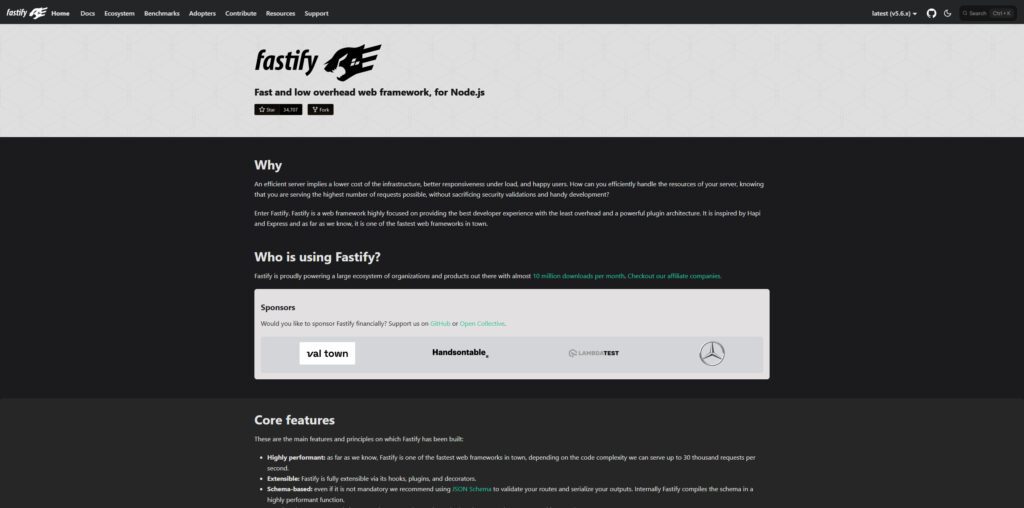
If raw performance and built-in schema validation matter, Fastify is now one of the go-to options. It is built with speed in mind and is often benchmarked as significantly faster than Express in many cases.
Fastify encourages you to define JSON schemas for request/response, which helps in validation, serialization, and stability. It also supports plugins and decorators to extend functionality.
A minimal Fastify server:
import Fastify from 'fastify';
const fastify = Fastify();
fastify.get('/hello', {
schema: {
response: { 200: { type: 'object', properties: { message: { type: 'string' } } } }
}
}, (req, reply) => {
reply.send({ message: 'Hello, fast!' });
});
fastify.listen({ port: 3000 }).then(() => {
console.log('Fastify server running on 3000');
});Because you bake in schemas and strictness, you reduce runtime surprises. Many teams use Express for quick prototyping and Fastify for performance-sensitive endpoints.
NestJS — structure, scale, TypeScript first
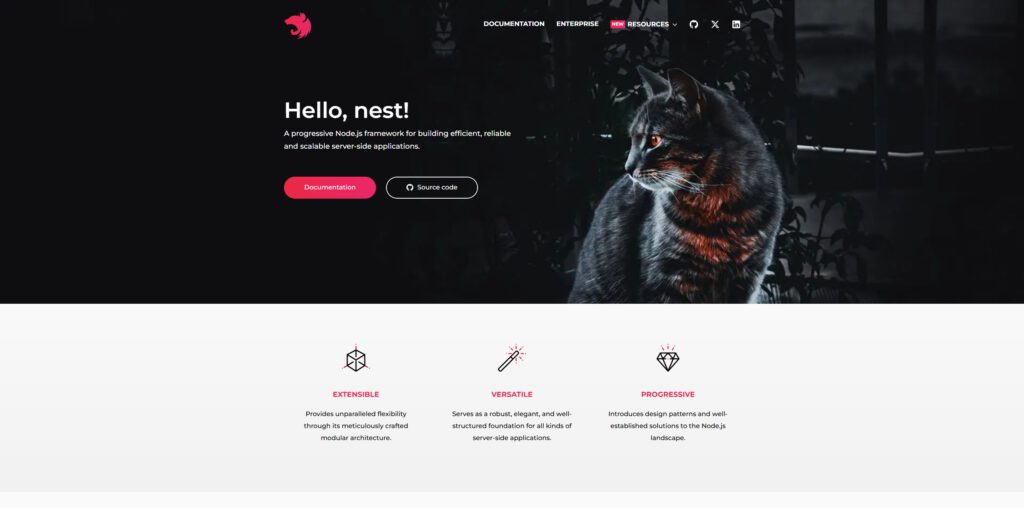
If your project is medium or large scale, or if you prefer strong structure, NestJS is a major favorite. It’s opinionated, built with TypeScript in mind, uses patterns like modules, dependency injection, controllers/providers, and allows you to scale a codebase cleanly.
You can still use Express or Fastify under the hood, but Nest gives you a consistent architecture. It plays nicely in teams. In benchmarks, it performs decently (though you pay overhead for abstraction).
Here’s a slice of a NestJS controller:
import { Controller, Get } from '@nestjs/common';
@Controller('hello')
export class HelloController {
@Get()
sayHello() {
return { message: 'Hello from NestJS!' };
}
}As your app grows, you structure features into modules. The built-in support for microservices, websockets, guards, interceptors etc., makes it mature.
Koa.js — minimal, expressive successor to Express

Koa was created by the same team that built Express, aiming for a more modern and expressive approach using async/await and middleware composition.
Because Koa’s core is small, it gives you more control (but also more responsibility). It doesn’t come bundled with routing or utilities, so you’ll choose what you plug in.
Example:
import Koa from 'koa';
import Router from '@koa/router';
const app = new Koa();
const router = new Router();
router.get('/hello', (ctx) => {
ctx.body = { message: 'Hello from Koa!' };
});
app.use(router.routes()).use(router.allowedMethods());
app.listen(3000, () => {
console.log('Koa server running on 3000');
});I like Koa when you want minimal scaffolding but modern features and async flows.
Hapi.js — configuration over convention, plugin ecosystem
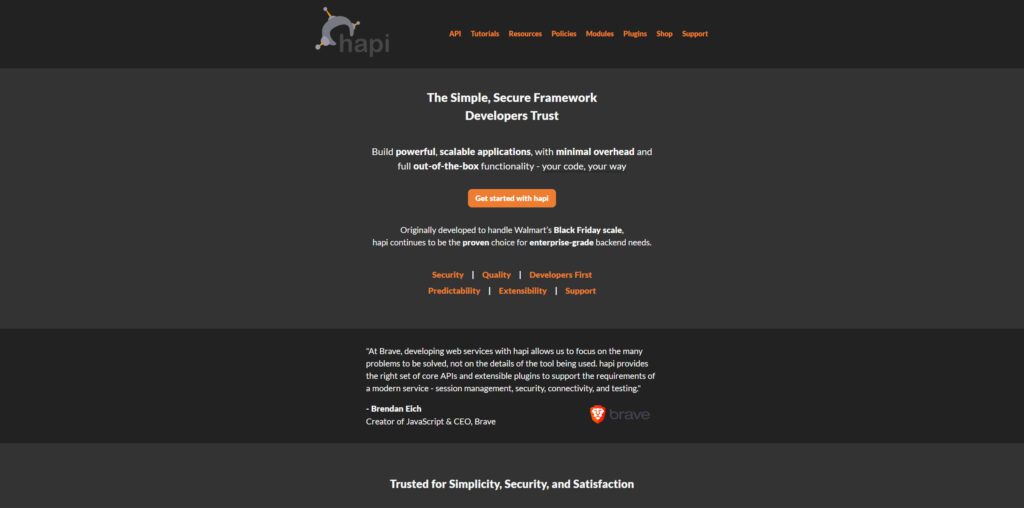
Hapi places emphasis on convention, configuration, and a powerful plugin architecture. It is widely respected in enterprise contexts.
Where Express and Koa favor flexibility, Hapi tries to give structure, built-in validation, routing options, schema, caching, etc. The plugin system means you can add or remove features modularly.
In practice, you define “server” with route configurations, plugin registration, and validation schemas. Its built-in features reduce your external dependencies.
AdonisJS — full-stack, batteries included
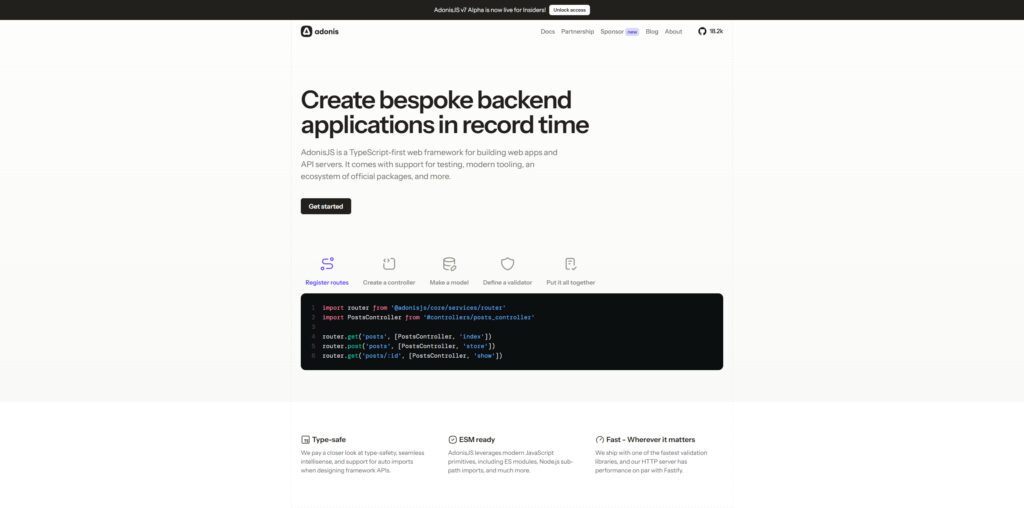
AdonisJS markets itself as the Laravel (PHP) of Node.js: full-stack, opinionated, with batteries included: ORM, authentication, structure, etc.
Because much is built in, you can speed up development without gluing many libraries yourself. But that comes with trade-offs (less flexibility, steeper learning for the conventions).
A simple route might look like:
// in start/routes.ts
import Route from '@ioc:Adonis/Core/Route';
Route.get('/hello', async () => {
return { message: 'Hello from AdonisJS' };
});Adonis is great if you want a more full-feature, high productivity framework for web apps (not just APIs).
LoopBack 4 — API & microservices powerhouse
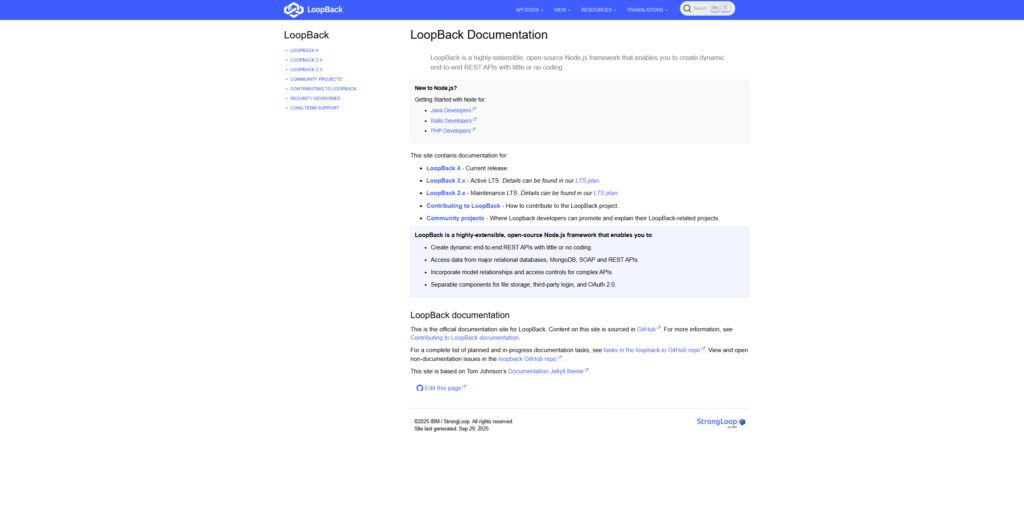
LoopBack has evolved into LoopBack 4, which is built for APIs and microservices. It provides strong modeling, connectors, OpenAPI spec support, dependency injection, and a modular architecture.
Originally, LoopBack 3 was built on Express; but that is deprecated now. The new LoopBack is more modern and flexible.
Out of the box, you get support for multiple databases, remote connectors, and tools to generate REST APIs rapidly. If your focus is backend APIs or microservices, it’s a strong contender.
Sails.js — real-time, MVC, auto-REST
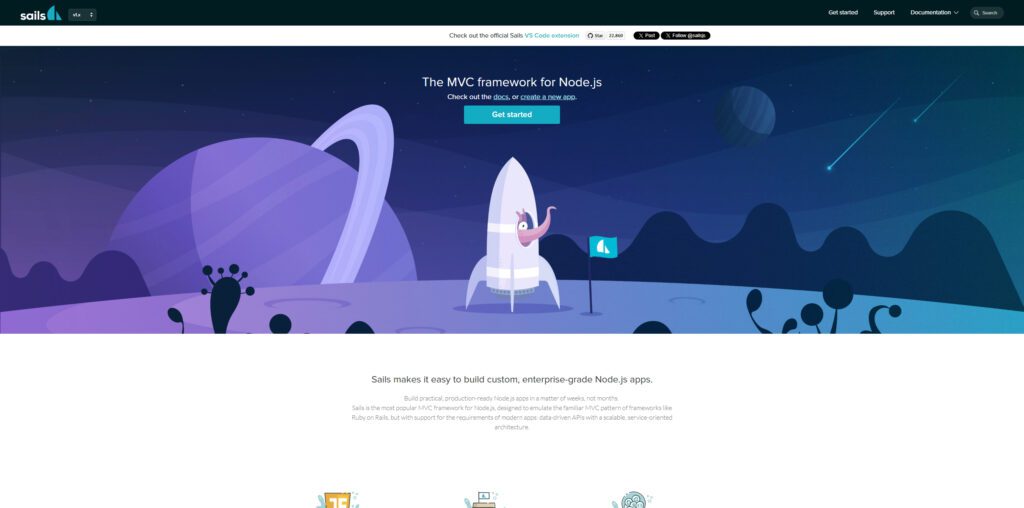
Sails has been around a long time. It’s an MVC-style framework built on top of Express and provides real-time capabilities (via WebSockets) out of the box.
One attractive feature: you define models, and Sails auto-generates REST endpoints for you via “blueprint” routes. That can speed up prototyping. But for very customized APIs, you often override or disable those.
Sails is especially apt when you want real-time features and data-driven apps with minimal configuration.
Meteor — isomorphic full-stack, real-time by default
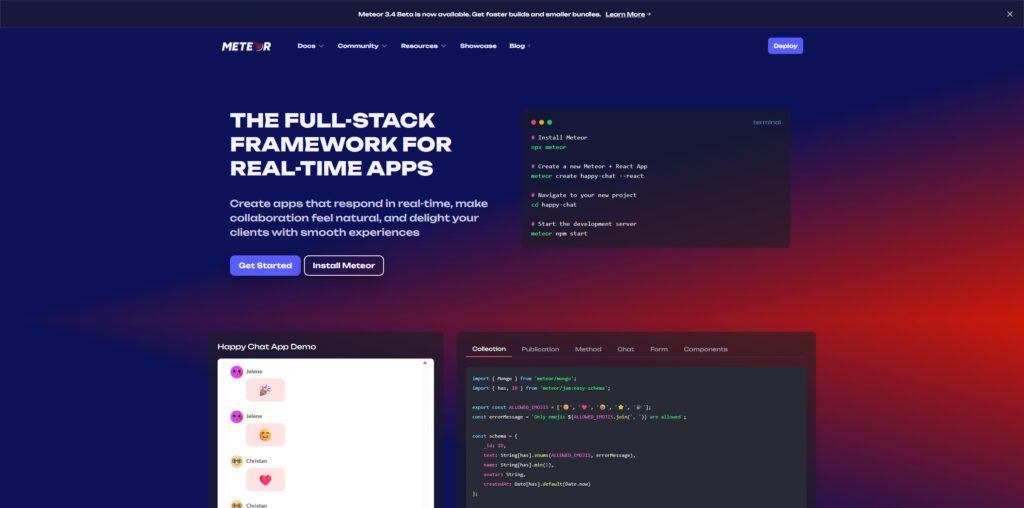
Meteor tries a different approach: full-stack JavaScript (client + server) with real-time data sync. It made a splash years ago and is still used in scenarios where tight coupling and real-time responsiveness matter.
Because Meteor handles some of the client/server plumbing, it can speed certain application types (e.g. real-time dashboards). But its specialization means it might not be ideal for pure backend microservices.
Total.js — modular, versatile, less hype but steady
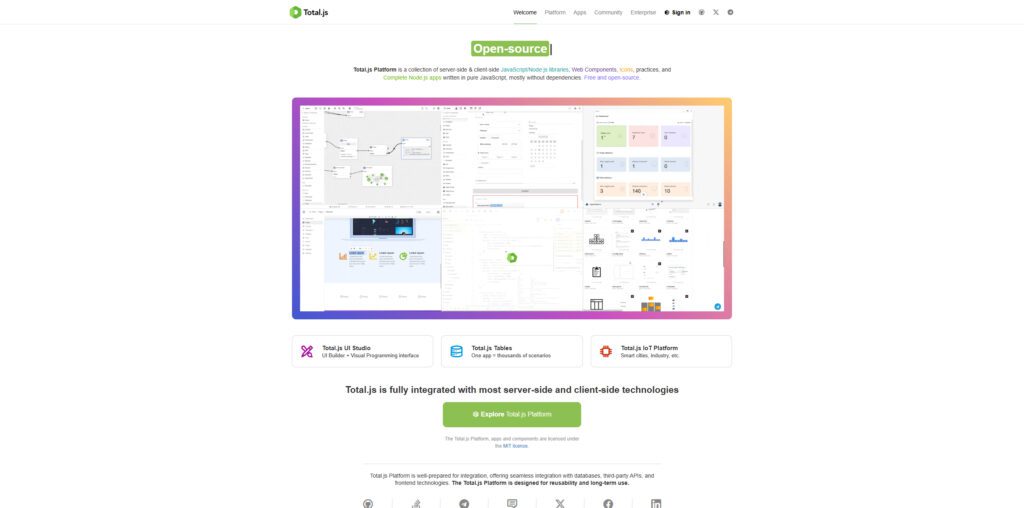
Total.js is less flashy but often praised for its modular architecture, flexibility, and built-in utilities (real-time, views, caching, etc.).
In recent benchmark comparisons, Total.js has shown good balance: solid performance while offering more features than minimal frameworks.
Because Total.js doesn’t demand you pick many external packages, it can reduce the “glue code” you write. But community size is smaller than Express/Nest, so plugin ecosystem is less vast.
Comparing trade-offs and use contexts
To help you see where each shines (or where it may be a poor fit), here’s a conceptual comparison using a mermaid diagram to illustrate trade axes:
graph LR A[Performance / throughput] --> B[Minimal overhead frameworks: Fastify, Express, Koa] C[Structure & scalability] --> D[Opinionated frameworks: NestJS, AdonisJS] E[Full-stack & real-time] --> F[Meteor, Sails] G[API modeling & microservices] --> H[LoopBack, Total.js]
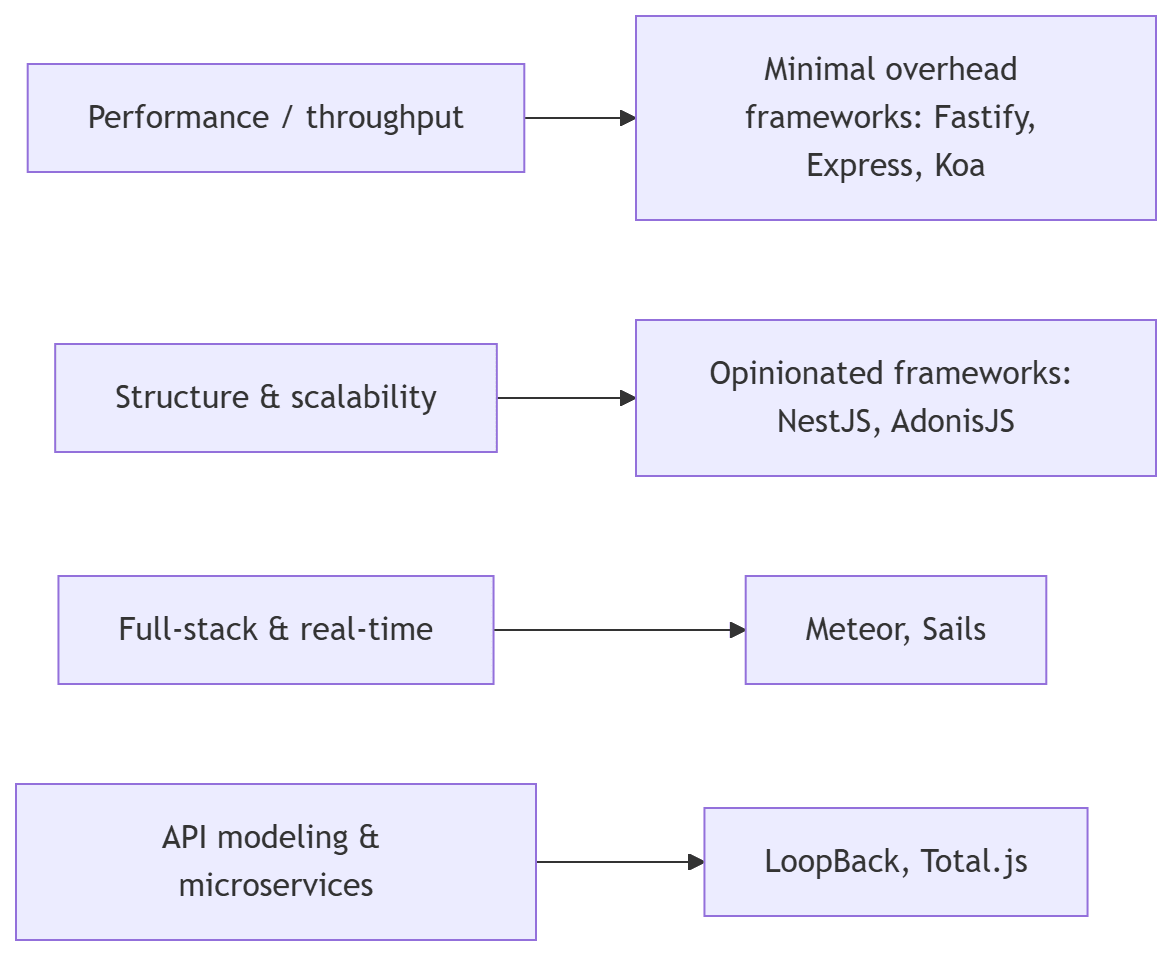
You can think of your decision as choosing where your needs lie: performance, structure, full-stack, or API-first.
Key trade-offs
- Flexibility vs opinionation
Express, Koa let you build your own path. NestJS, Adonis give you structure. - Performance vs abstraction cost
More abstraction often implies overhead. Fastify and lower-level frameworks often win in raw benchmarks. - Community & plugin ecosystem
The bigger a community and plugin pool, the more choices and support. - Learning curve and team onboarding
Highly opinionated frameworks can require you to learn their style (modules, DI, decorators). - Scope vs specialization
If you’re building a microservice, you might prefer LoopBack or Fastify. If building a full web app (frontend + backend), you might lean Adonis or Meteor.
Suggested pairings / starting strategies
If you’re new and just want something that works, start with Express or NestJS (if you’re comfortable with TS). Use the ecosystem. If you later face performance problems or high throughput endpoints, you can migrate parts to Fastify or more lightweight frameworks.
If your app is primarily API-based, LoopBack 4 is often an ideal choice; you benefit from modeling, connectors, and automation. If you’re building apps with server + client + real-time interactions, frameworks like Sails or Meteor might be attractive.
If you value being productive and having many features built in, AdonisJS is worth a close look. Meanwhile, Total.js is a solid underdog: less hype but a mature, modular choice.
Summary
When it comes to frameworks, there isn’t a single “best” choice. The right decision always depends on context, so it helps to treat each framework as another tool in your kit. Rather than trying to optimize too early, focus first on getting something that allows you to deliver, and only then measure where the real bottlenecks appear.
It’s often better to begin with a smaller, modular approach and avoid tying yourself to heavy dependencies if your project doesn’t need them yet. Above all, keep maintenance in mind: frameworks continue to evolve, some lose momentum, and community support can shift over time.


